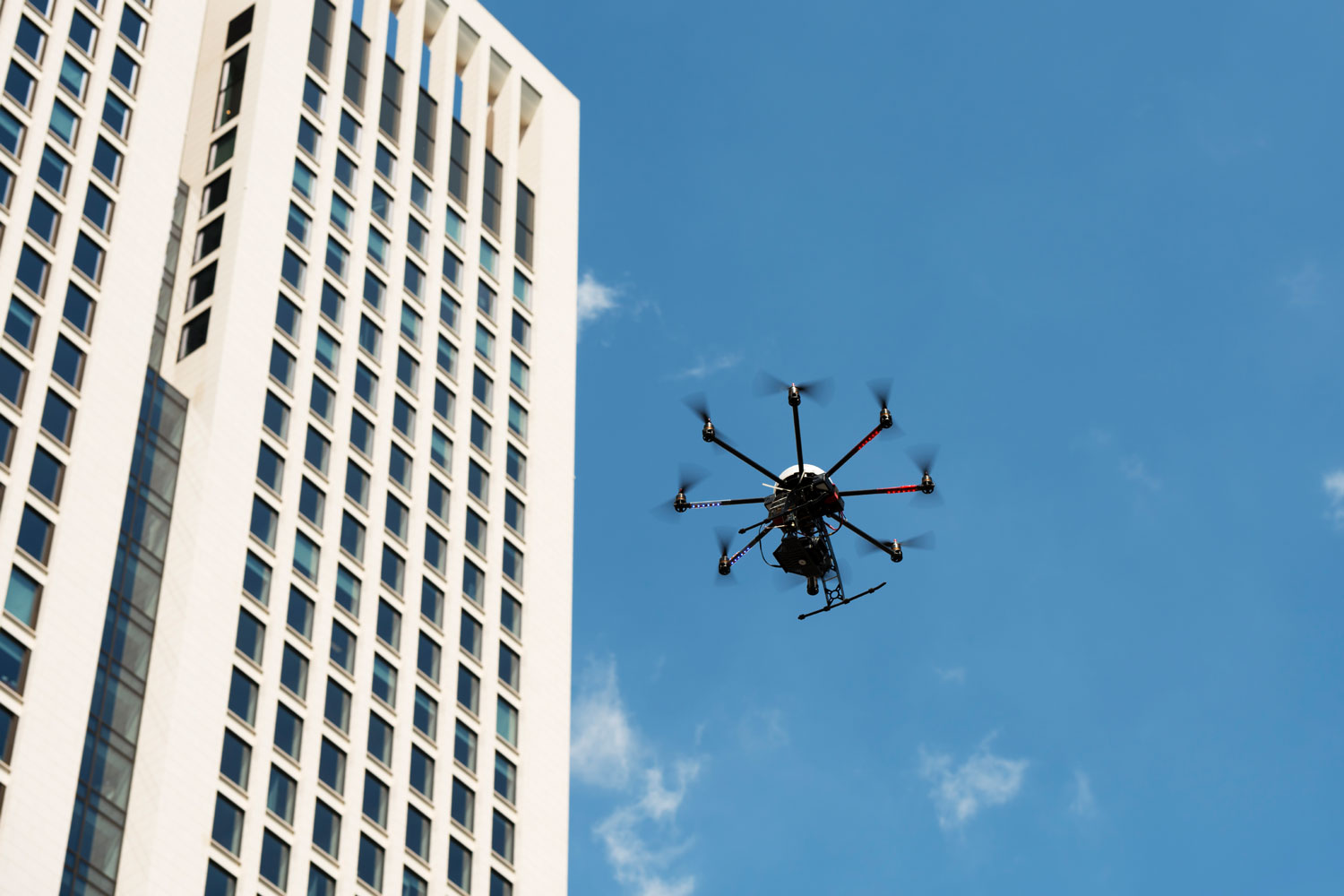With the advent of the hacker drone, intruders can merely land a drone quietly near a target and penetrate systems. Close physical proximity is now easy to achieve, and it makes formerly isolated networks vulnerable to interception of low-level electronic signals. Inexpensive, widely available drones are suddenly advanced weapons for attackers. Cyber hacking of critical facilities such as power plants is alarmingly more feasible. Receivers and transmitters can simply fly over perimeter security to within inches of buildings, accessing Wi-Fi signals to disrupt control systems or stealing confidential data from network devices such as printers.
“It’s a threat that is obvious,” says Dedrone’s CEO, Joerg Lamprecht.
Every entity that has a fence needs an aerial equivalent. This gaping security hole exists right now, and you need to fill it to ensure the protection of your data and proprietary knowledge. Dedrone offers a solution. We developed a multi-sensor drone detection platform, DroneTracker, that can mitigate risks and help avoid cyber attacks.






